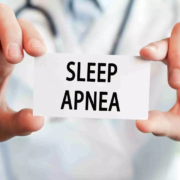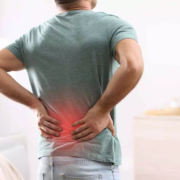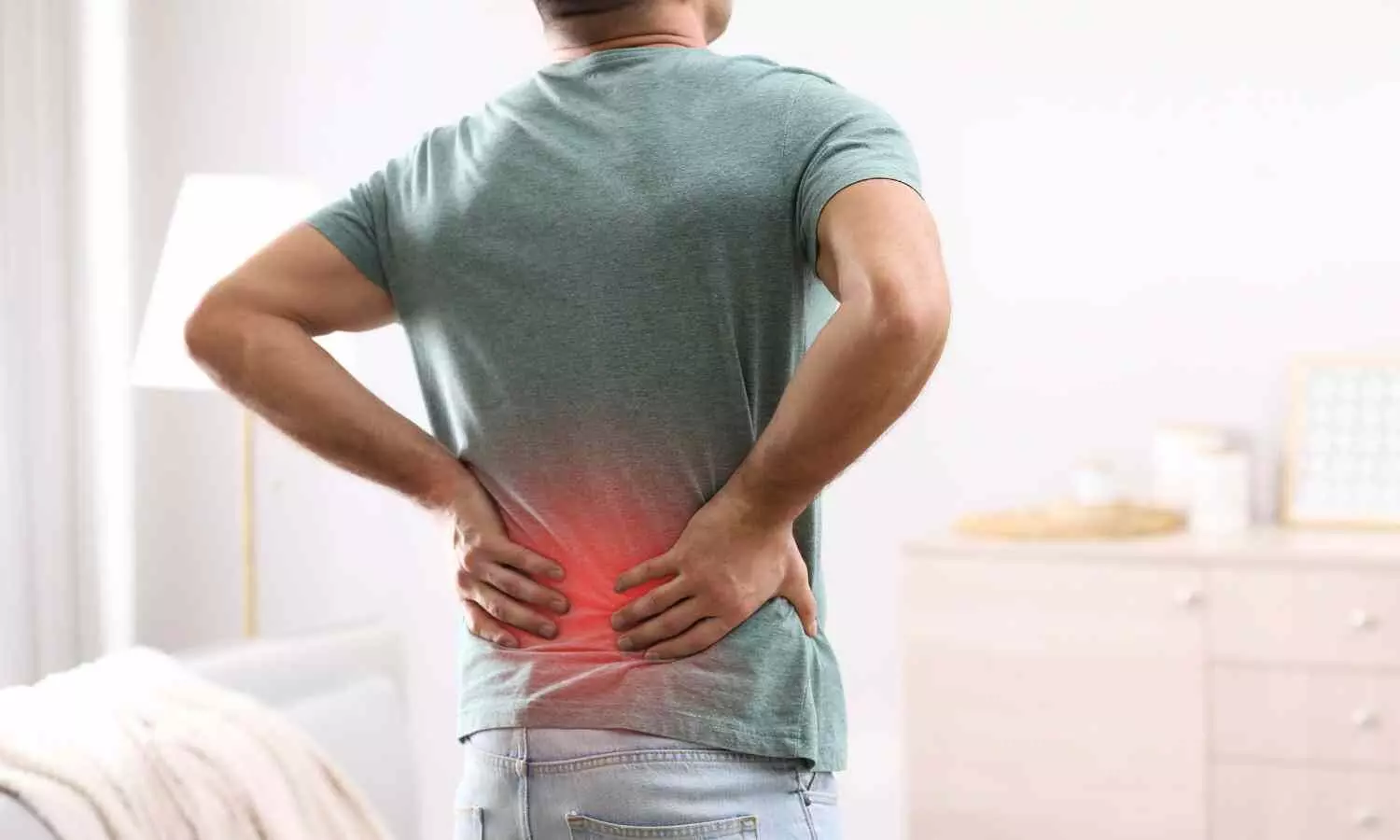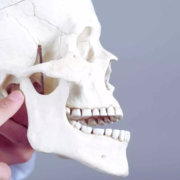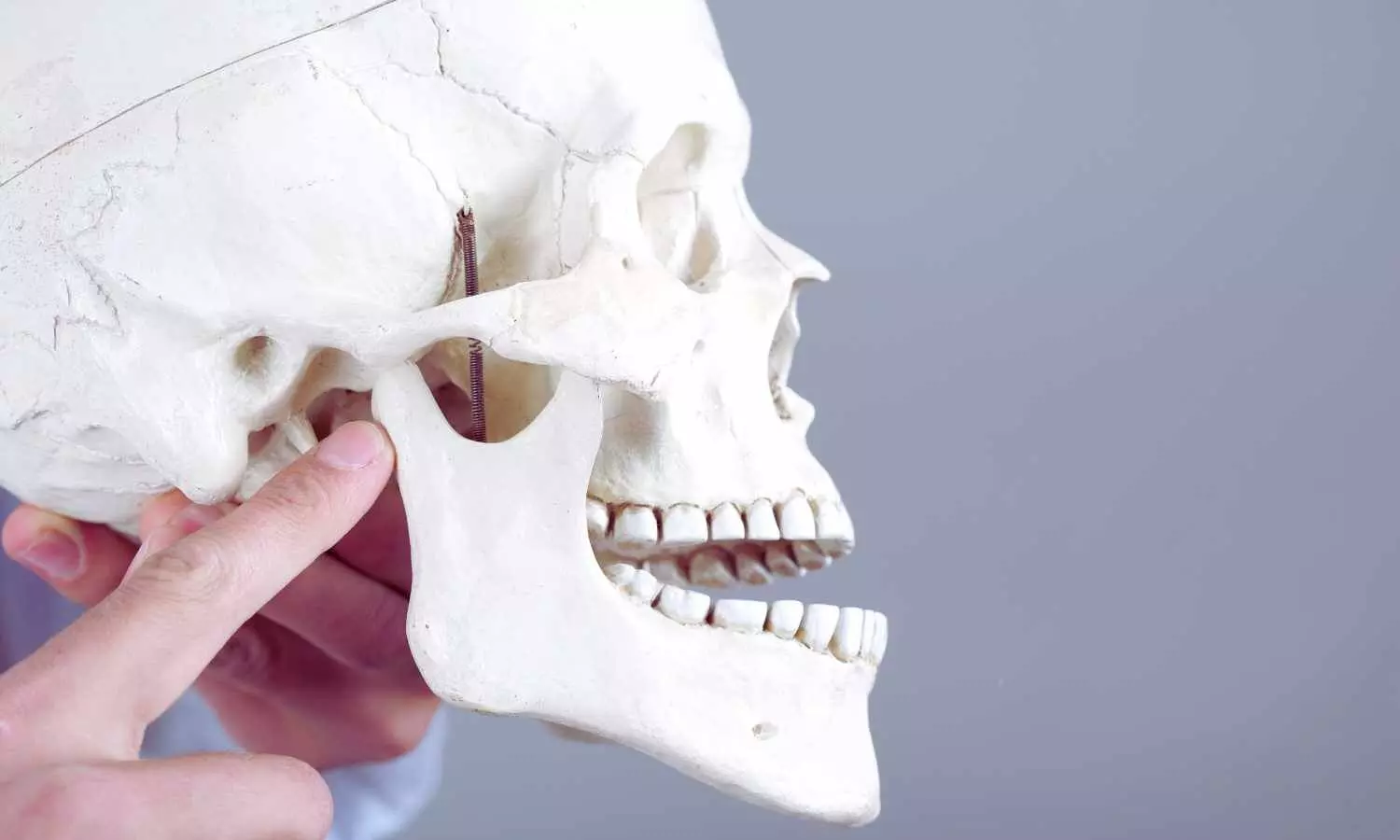Higher levels of air pollution linked to worsening of sleep apnea: ERS Stu
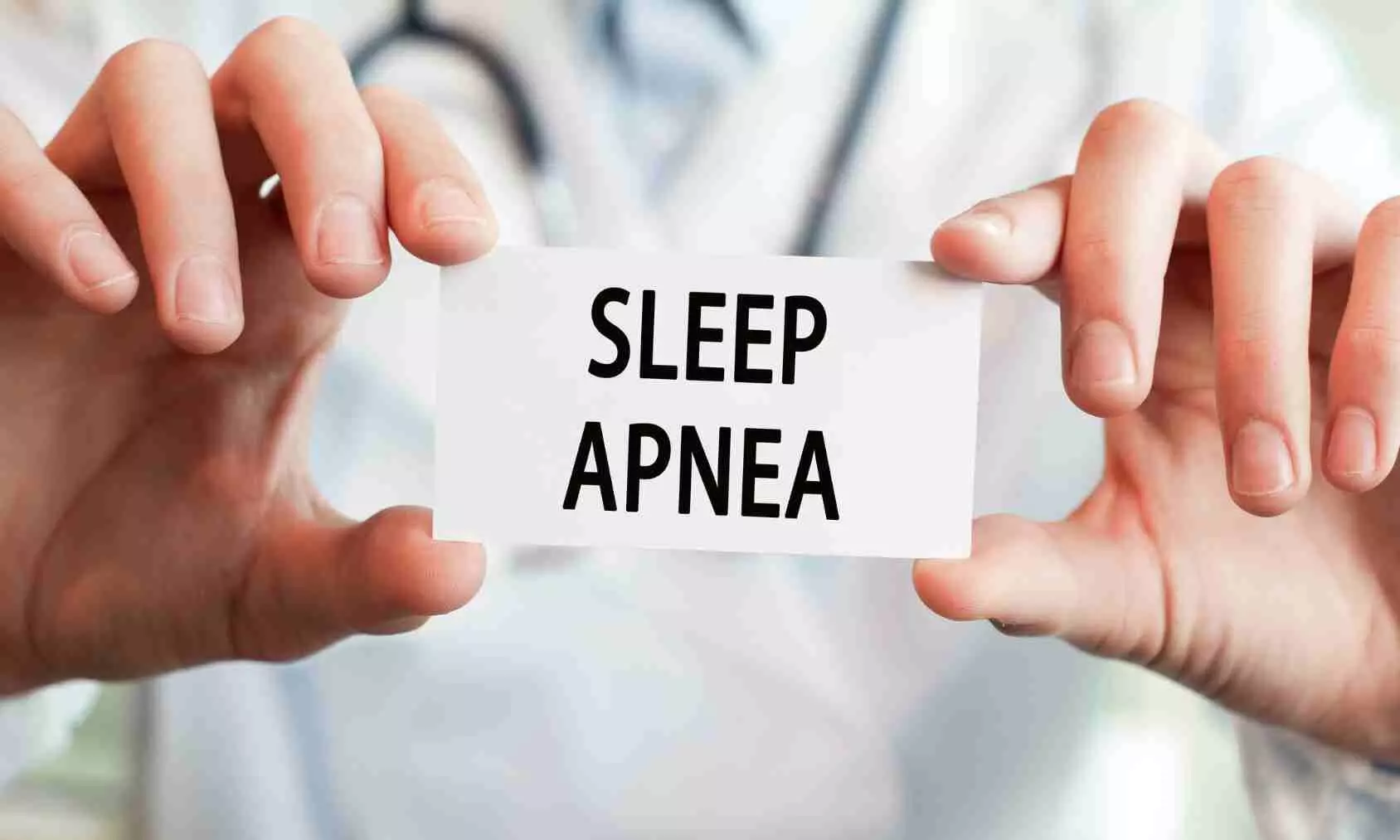
People who have obstructive sleep apnoea (OSA) may suffer worse symptoms if they live in areas with higher levels of air pollution, according to a multi-national study presented at the European Respiratory Society (ERS) Congress in Amsterdam, the Netherlands .
Patients with OSA often snore loudly, their breathing starts and stops during the night, and they may wake up several times. Not only does this cause excessive sleepiness, but it can also increase the risk of high blood pressure, stroke, heart disease and type 2 diabetes. OSA is very common, but many people do not realise they have the condition.
The research was presented by Martino Pengo, Associate Professor from the University of Milano-Bicocca and clinician at Istituto Auxologico Italiano IRCCS, Milan, Italy. He told the Congress: “We know that OSA is more common in people who are older or overweight, but there’s growing concern that air pollution also might make the condition worse. However, previous studies, mostly focused on just one country, have produced mixed results. We wanted to look at this on a larger scale, across several European cities, to better understand if and how air pollution affects OSA.”
The study included data on 19,325 patients with OSA from 25 different cities in 14 countries [2]. All patients are taking part in a larger research project called the European Sleep Apnoea Database. As well as providing data on their age, sex, BMI and whether they smoke, all patients took part in a sleep study to measure the quality of their sleep and confirm a diagnosis of OSA, including recording pauses in breathing and drops in the level of oxygen in the blood.
Researchers combined this patient data with records of PM10 concentration in the air where each patient lives, taken from the Europe-wide Copernicus Atmosphere Monitoring Service. PM10 concentration is the amount of tiny particles, 10 micrometres or smaller, released into the air by vehicle exhausts and industrial processes, for example.
The analysis revealed that, overall, for every one unit increase in PM10, there was a modest but measurable increase in the patients’ apnoea hypopnea index (AHI). AHI is the number of apnoeas (when breathing stops) and hypopneas (when breathing is reduced) per hour during sleep. For example, among patients with low AHI (less than five) the average PM10 in the area where they live was relatively low (around 16 micrograms per cubic meter of air). In contrast, in patients with high AHI (five or more) the average PM10 was also higher (around 19 micrograms per cubic meter of air).
Researchers also found differences between the strength of the link between air pollution and OSA in different cities around Europe: for instance, in cities like Lisbon (Portugal), Paris (France), and Athens (Greece) the association was particularly strong.
Professor Pengo said: “We confirmed a statistically significant positive association between average long-term exposure to air pollution, specifically fine particles known as PM10, and the severity of obstructive sleep apnoea. Even after we took account for other factors that we know have an effect on OSA, we still found an average increase in the number of respiratory events per hour of sleep of 0.41 for every one unit increase in PM10. This effect may seem small for an individual, but across entire populations it can shift many people into higher-severity categories, making it meaningful from a public health perspective”.
“One of the most interesting findings was that the link between air pollution and OSA severity wasn’t the same in every European location. In some cities, the impact was stronger; in others, it was weaker or even absent. These regional differences might be due to things like local climate, the type of pollution or even how healthcare systems detect OSA.”
The researchers say they want to understand why the effects vary between cities and whether some people are more affected by pollution than others. They also hope to explore whether reducing pollution can improve sleep apnoea symptoms.
Professor Sophia Schiza is Head of the European Respiratory Society’s expert group on sleep disordered breathing, based at the University of Crete, Greece, and was not involved in the research. She said: “Obstructive sleep apnoea is a common condition. People who have OSA may know that they snore or wake up often in the night, and they may also feel sleepy during the day. There are also serious health risks associated with this condition. For people with OSA, especially those living in cities with high levels of air pollution, this study is important as it suggests pollution could be making their condition worse.
“For doctors caring for people with OSA, this research highlights the need to consider environmental factors like air quality alongside other risk factors. This study strengthens the connection between environmental health and sleep medicine. It reminds us that tackling air pollution isn’t just good for the planet, it’s also vital for our lungs and our sleep quality too.”
Reference:
Higher levels of air pollution linked to worsening of sleep apnea European Respiratory Society, Meeting: European Respiratory Society Congress.
Powered by WPeMatico

